Case study - Painful knee despite a clear MRI - how 3D assessment and exercise helps
Pain and dysfunction, despite negative MRI/XRay is all too common. Moovment Scan assessment of function rather than structure showed significant improvement with basic but individualised exercises.
Frustrated that nothing showed up on MRI, this middle-aged lady with injured right knee was delighted to find that a few weeks of correcting the way she moved with basic exercises helped her remove her pain and avoid expensive arthroscopy. The Moovment Scan shows in 3D how the right knee function improved. She has returned to work and to sport.
As the knee has the largest articulating surface of any joint and is weight-bearing, it is not surprising that it is among the most commonly injured body parts. Acute knee pain accounts for over 1 million emergency department visits and more than 1.9 million primary care outpatient visits annually in the United States alone (1)
Health professionals are knowledge workers that are dependent on good data for good decision-making. Mostly to know what to do next, but sometimes to know what to avoid. The latter is often overlooked. MRI is a wonderful snapshot of the inside of the body at a point in time, but it comes at a cost. Payers will compensate for collecting this data, if it ‘pays off’. That can mean different things to different payers, meanwhile, the patient just wants to know what is wrong with them, and thereafter, what to do about it. They also want to know if they have improved and by how much. For acute knee pain, Patel et al claim that ‘early MRI in acute knee injury facilitates faster diagnosis and management of internal derangement at a cost comparable to conventional treatment. Moreover, patients had significantly less time off work with improved pain, activity limitation, and satisfaction scores’ (2). For chronic pain, more research is showing that conservative management is helpful, and that obvious clinical findings may not justify medical imaging to confirm a diagnosis.
On many occasions, especially in ‘lean healthcare’ environments, the problem is assumed to be solved if the symptoms subside or if a certain time has expired (the problem has run its natural course of events). Many people with knee pain, and back pain for that matter, will tell you that the problem comes back again and again, and they have no objective measure of how much they improved other than their self-reported pain levels. The entry-level measure is eye-balling range of motion or flexibility of a joint and muscles. That may be fine if we are all mannequins posing in a shop window, but what if the knee hurts going downstairs and instability is experienced climbing a ladder or playing sport?
This is the dilemma of a healthcare system that focuses on finding body parts that need replacing or repairing, and not considering the way the vehicle is being driven in the first place. Health professionals and their clients need objective measures of human movement during functional tasks, to identify and quantify dysfunction that can in fact cause the pain and structural changes that we are traditionally looking for using medical imaging. These functional measures are especially necessary for people who have no findings on conventional medical imaging but are in pain and need to modify or avoid the way they work or participate in physical activity.
(1) Jackson JL, O'Malley PG, Kroenke K. Evaluation of acute knee pain in primary care. Ann Intern Med 2003; 139:575. PMID 14530229
(2) Patel NK, Bucknill A, Ahearne D, Denning J, Desai K, Watson M. Early magnetic resonance imaging in acute knee injury: a cost analysis. Knee Surg Sports Traumatol Arthrosc. 2012 Jun;20(6):1152-8. DOI: 10.1007/s00167-012-1926-5.
Learn more about Moovment software here.
